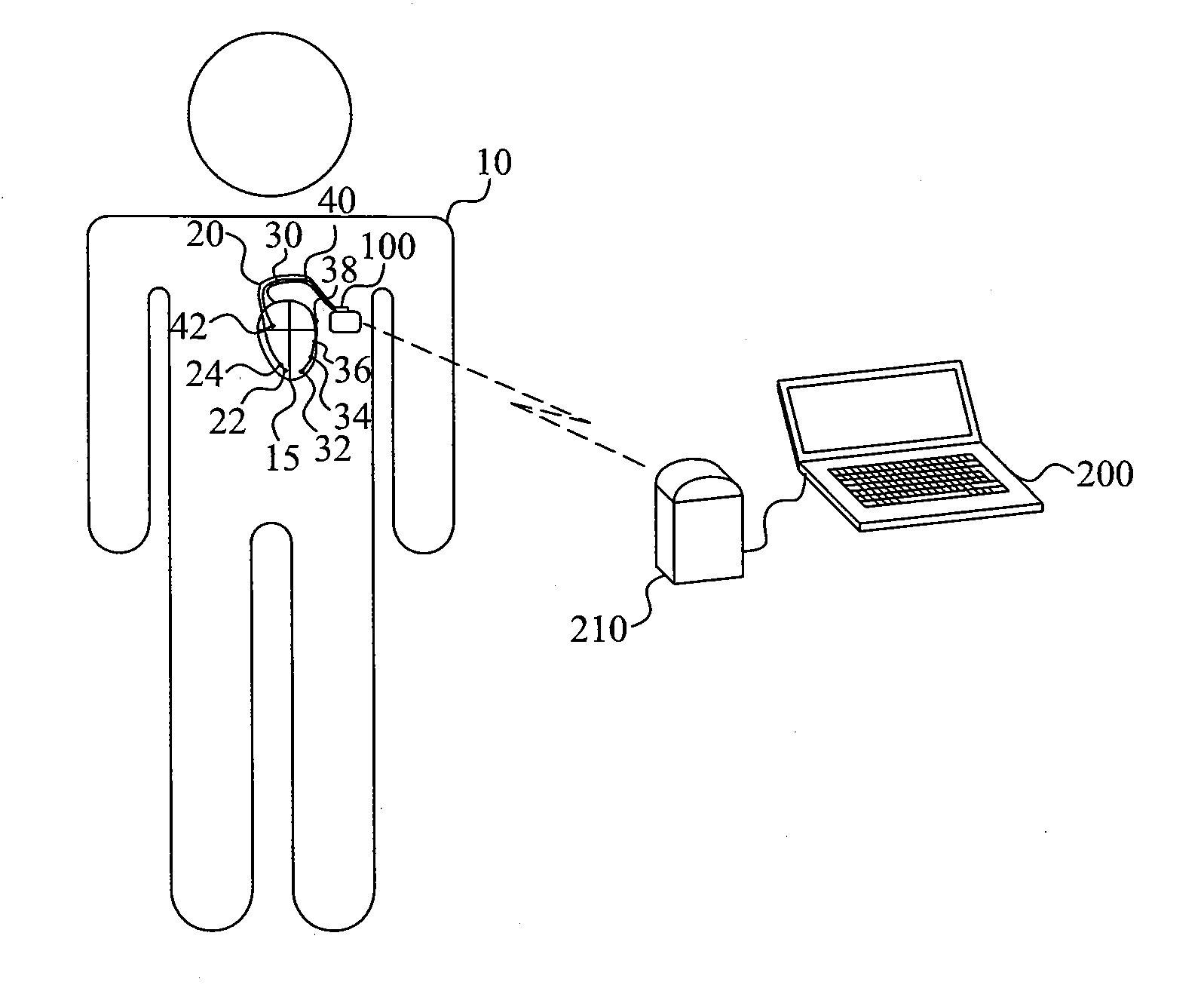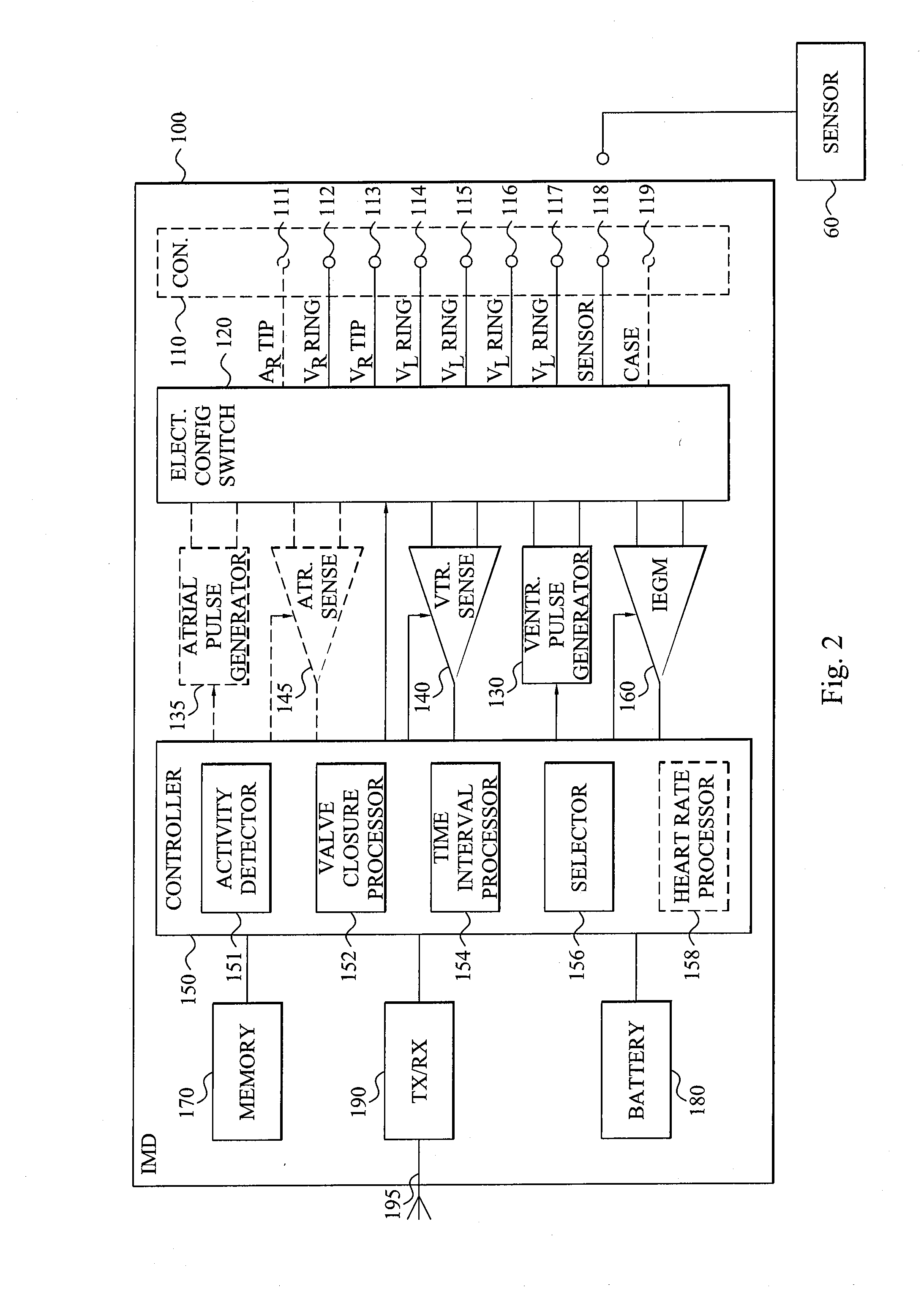Pacing sequence optimization
a pacing sequence and sequence technology, applied in electrotherapy, therapy, heart stimulators, etc., can solve the problems that several heart failure patients do not respond well to the selected biventricular cr
- Summary
- Abstract
- Description
- Claims
- Application Information
AI Technical Summary
Benefits of technology
Problems solved by technology
Method used
Image
Examples
Embodiment Construction
[0021]Throughout the drawings, the same reference numbers are used for similar or corresponding elements.
[0022]The embodiments generally relate to cardiac pacing and in particular to selection of optimal pacing sequence for an implantable medical device connectable to a multipolar lead. Thus, the present embodiments utilize a multipolar lead, preferably a multipolar left ventricular (LV) lead having multiple pacing electrodes to be arranged in connection with a left ventricle of a subject's heart. The embodiments determine an optimal pacing sequence defining the order at which pacing pulses are applied to these multiple pacing electrodes and the pulse-to-pulse delays between the application of the pacing pulses to the multiple electrodes.
[0023]The present embodiments can thereby obtain a pacing sequence or pattern that mimics the natural activation and contraction sequence in the left ventricle while minimizing mitral regurgitation, shortening the isovolumic preejection phase and re...
PUM
 Login to View More
Login to View More Abstract
Description
Claims
Application Information
 Login to View More
Login to View More - R&D
- Intellectual Property
- Life Sciences
- Materials
- Tech Scout
- Unparalleled Data Quality
- Higher Quality Content
- 60% Fewer Hallucinations
Browse by: Latest US Patents, China's latest patents, Technical Efficacy Thesaurus, Application Domain, Technology Topic, Popular Technical Reports.
© 2025 PatSnap. All rights reserved.Legal|Privacy policy|Modern Slavery Act Transparency Statement|Sitemap|About US| Contact US: help@patsnap.com



